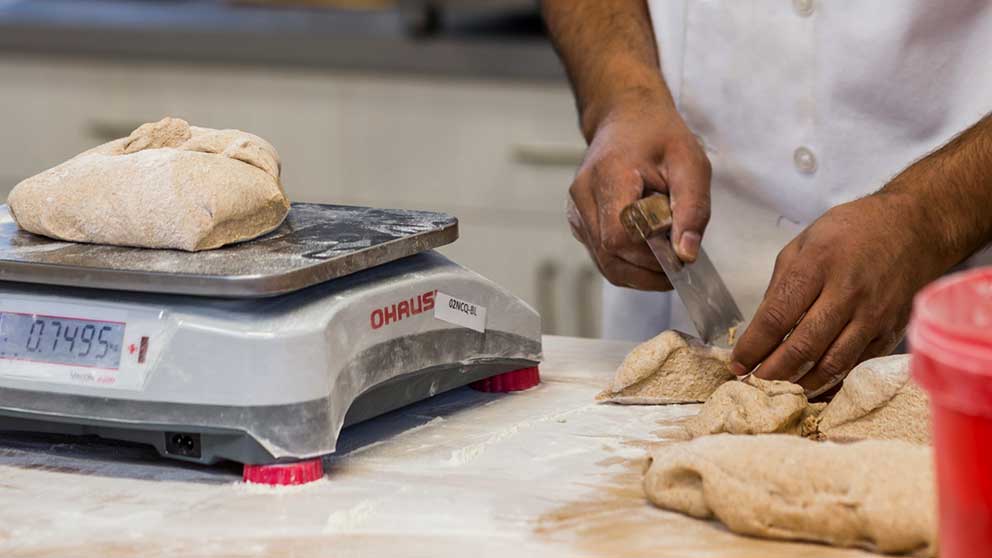Why innovation is different for customers and consumers

Success in the food industry is dependent on satisfying customers and consumers.
In the food industry innovation is a great word, it usually implies new or better. Innovation is exciting and creates opportunity for exposure, promotion and ultimately, sales. Often we think of innovation as to how it relates to consumers. We see innovative packaging and processes to improve taste or make a product healthier. These are all important, and often necessary, to get the product into the shopping cart.
Success in the food industry, however, is dependent on satisfying customers and consumers.
When you consider investing to deliver innovation, you should consider your customers as well. They decide which products will stay on the shelf and which items will be emphasized in promotion and merchandising.
Customers need ideas that help their business
To retailers, wholesalers and distributors, innovation is not something like a bottle that is upside down or something that has high levels of the latest super fruit. They are interested in sales, generating traffic and loyal customers to their stores, reduced shrink (which is defined as product they purchase but do not sell through the cash register), lower operating costs and ultimately, profit. They will reward you for innovation that delivers in these areas. Perhaps your consumer innovation will deliver more sales, which is important, but your customers want to hear what you are doing for them as well.
Consider the following ideas that are innovative to retailers, wholesalers and distributors:
An extended product shelf life. This will result in reduced shrink and more profit
A product that can switch from refrigerated space to shelf stable. This is much less expensive space in the store to a retailer and offers far more potential for merchandising and incremental sales
The introduction of the single serve coffee cups was very innovative to retailers. Cents per unit profit, per cup of coffee, has increased substantially with this innovation
Laundry detergent pods eliminated consumers’ ability to use less liquid laundry detergent per load. 32 wash loads really is 32 wash loads with pods so the revenue and profit per wash load has increased
Water flavouring brought an incremental sale and profit to a very commoditized category like bottled water. Considerable shelf space was dedicated to a product that generated a very low margin. The addition of an 8 foot section on shelves for water flavoring changed the entire profitability of the water category
These are all perceived to be innovation by retailers. Your customers will support these ideas which means more exposure and sales. There is no doubt the idea has to resonate with consumers, but you should consider the impact on your customers as well. They will be much more excited about innovation that delivers results to them, as opposed to another upside down bottle or more super fruit.
Article by: Peter Chapman

Remaining agile, anticipating consumer demands, watching out for food safety and increasing efficiency all play pivotal roles in seeking and implementing innovations in food processing - from bakeries to meat processors to dairy processors.
